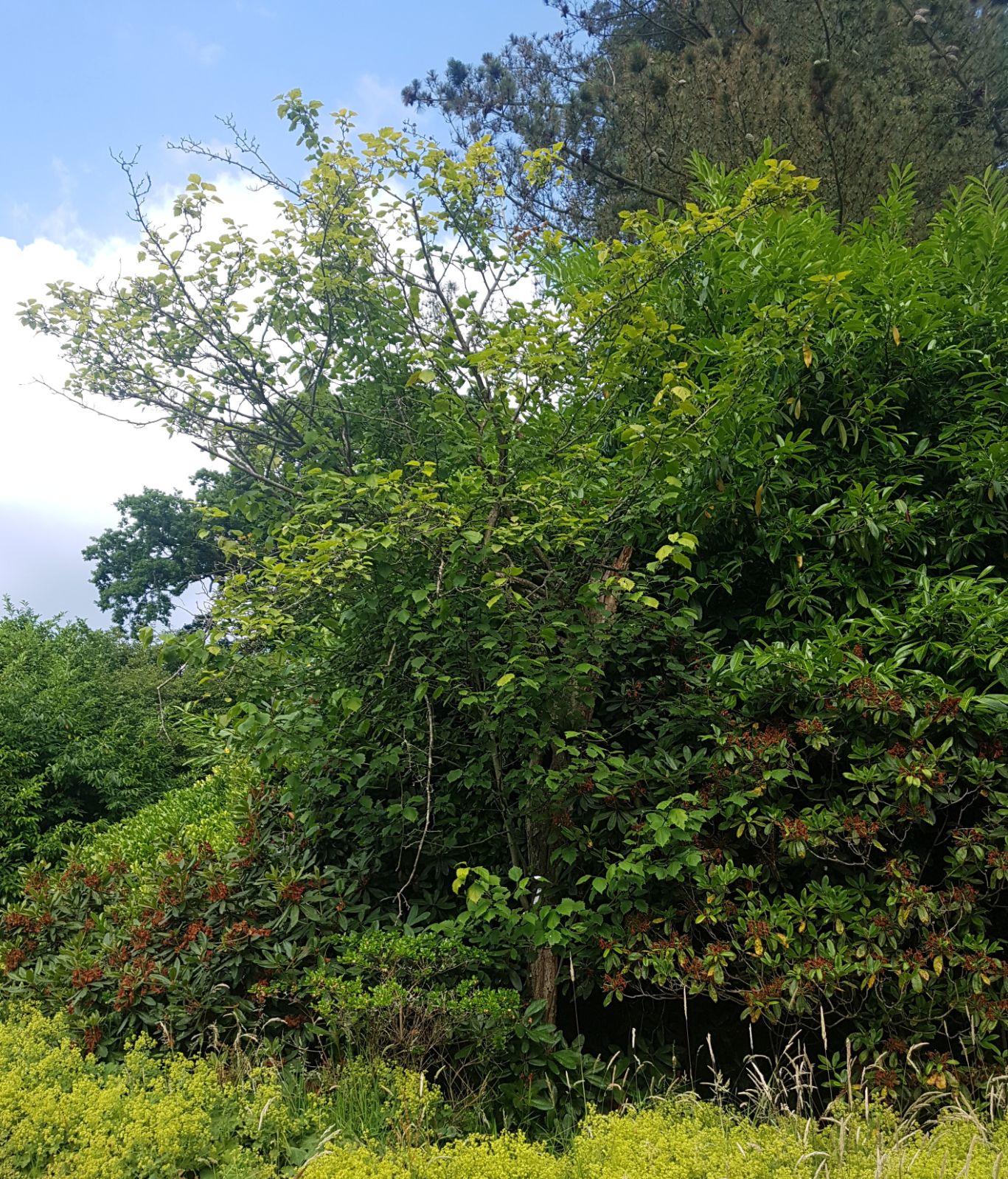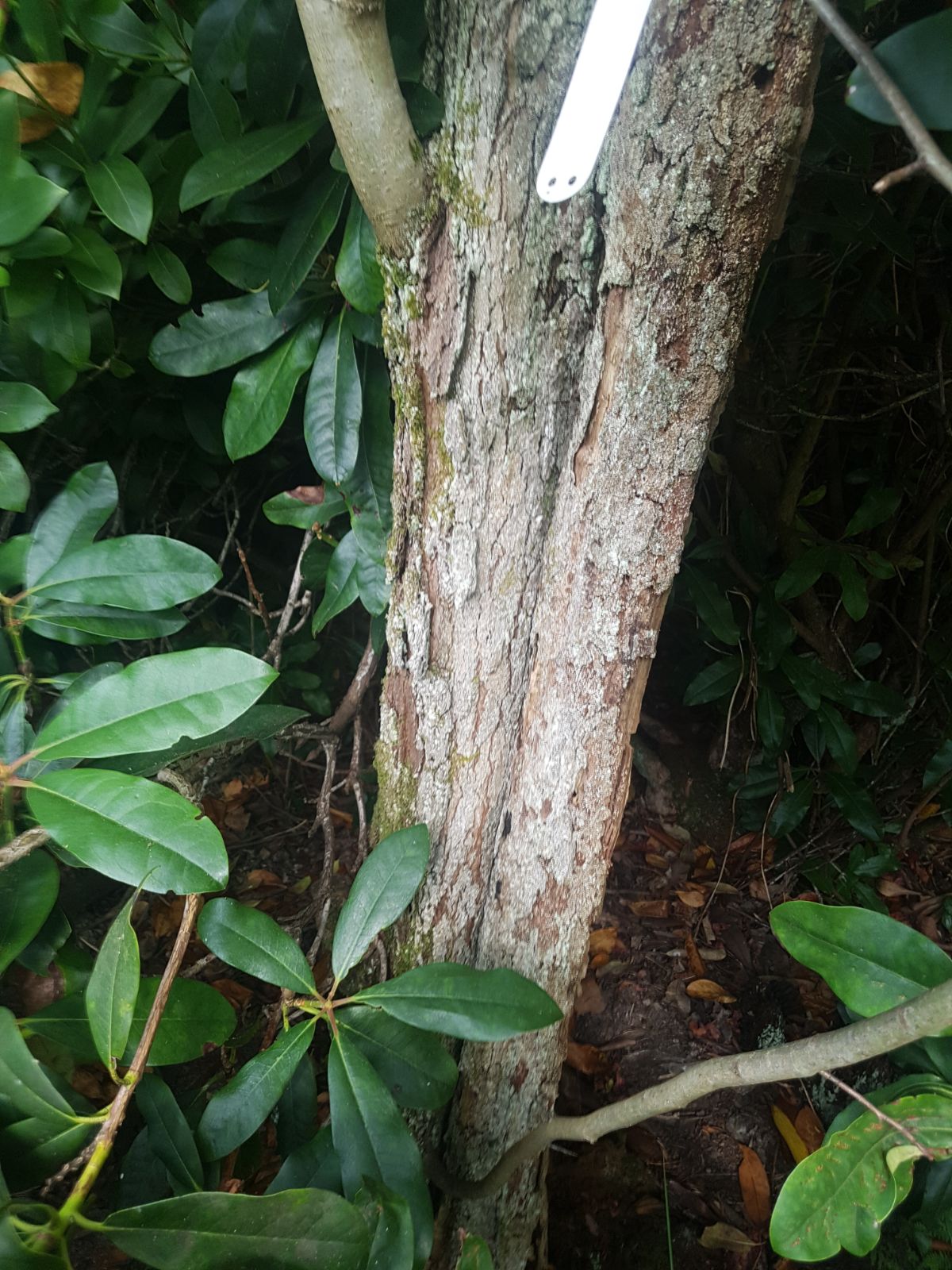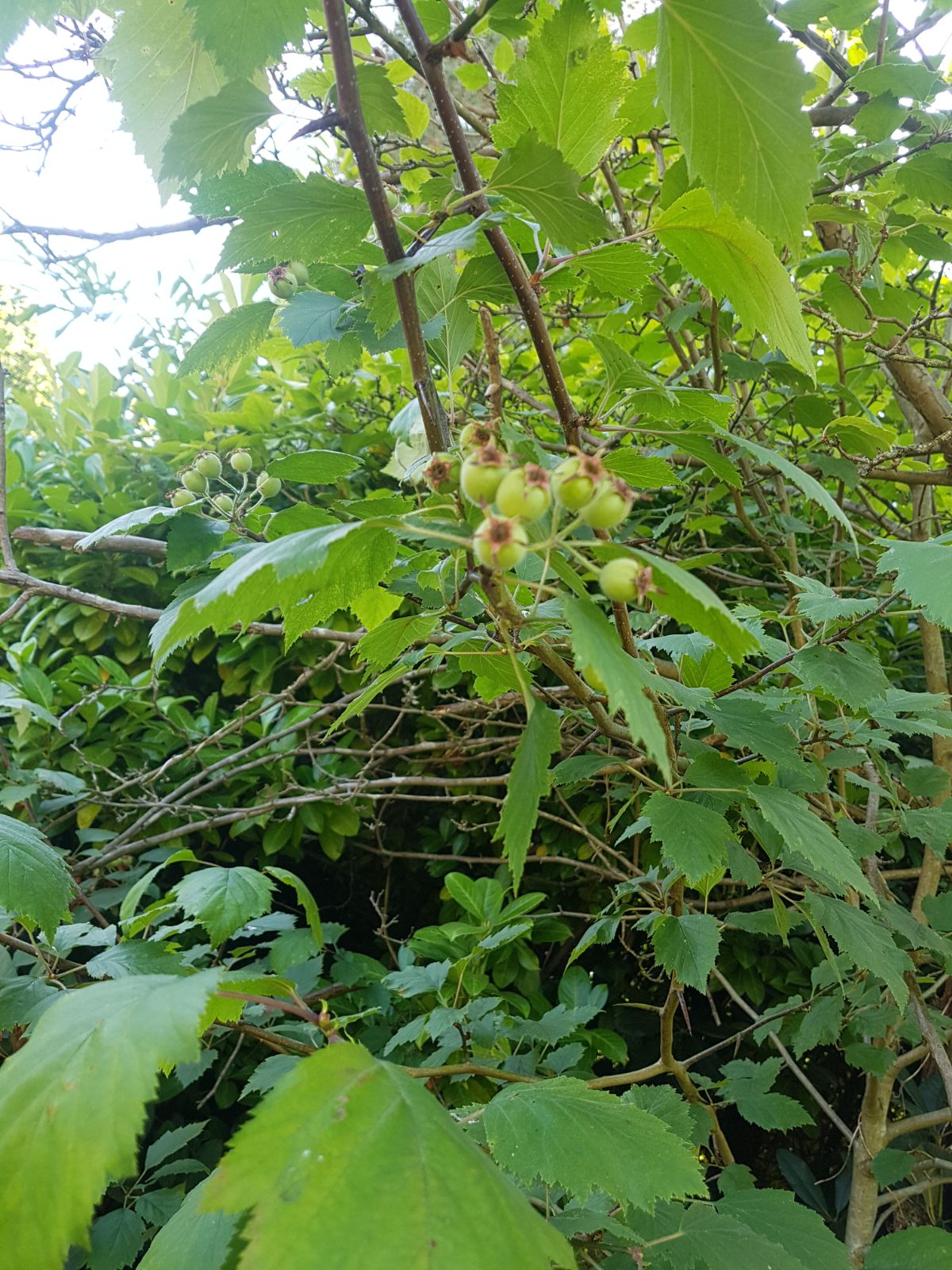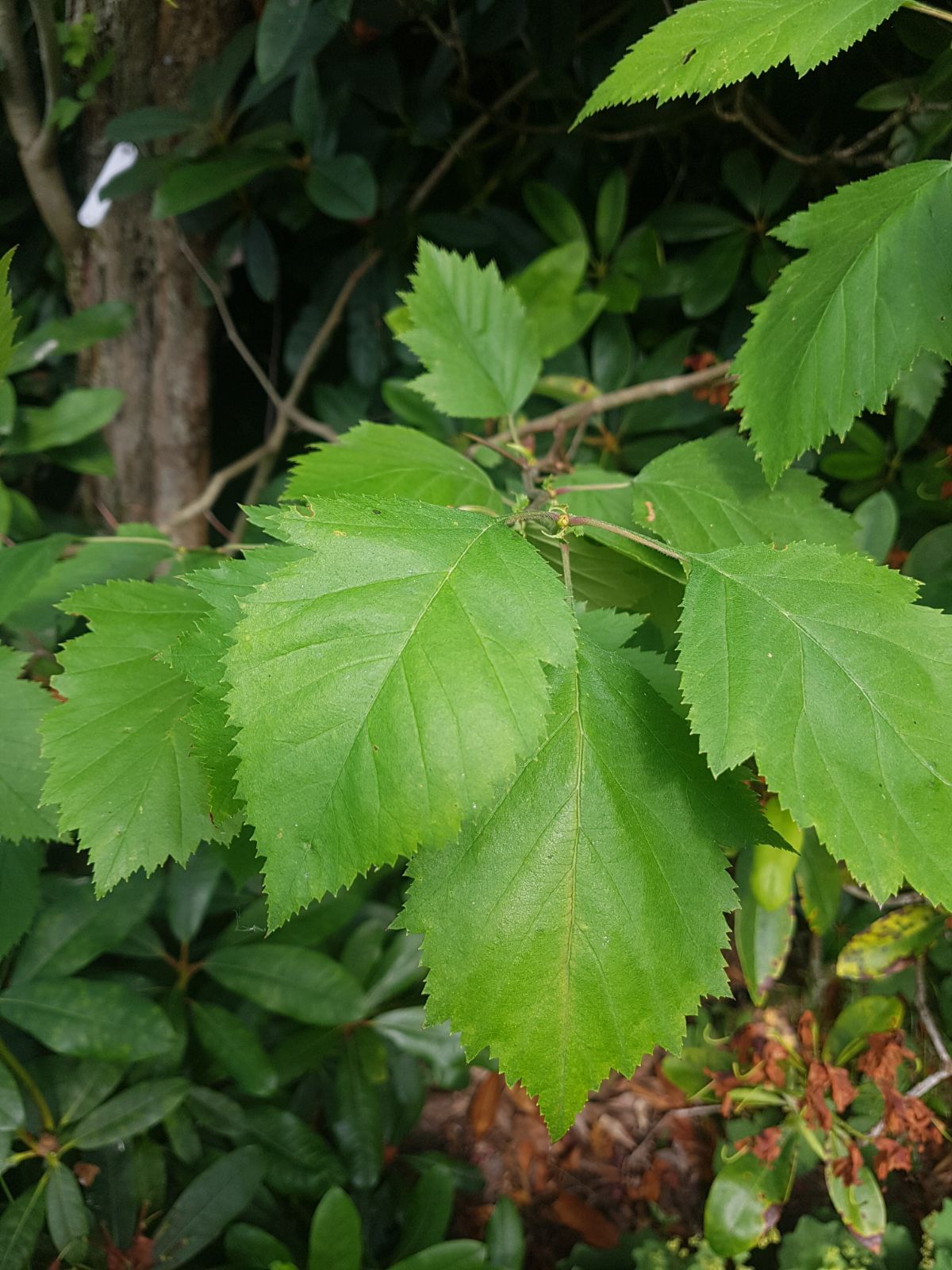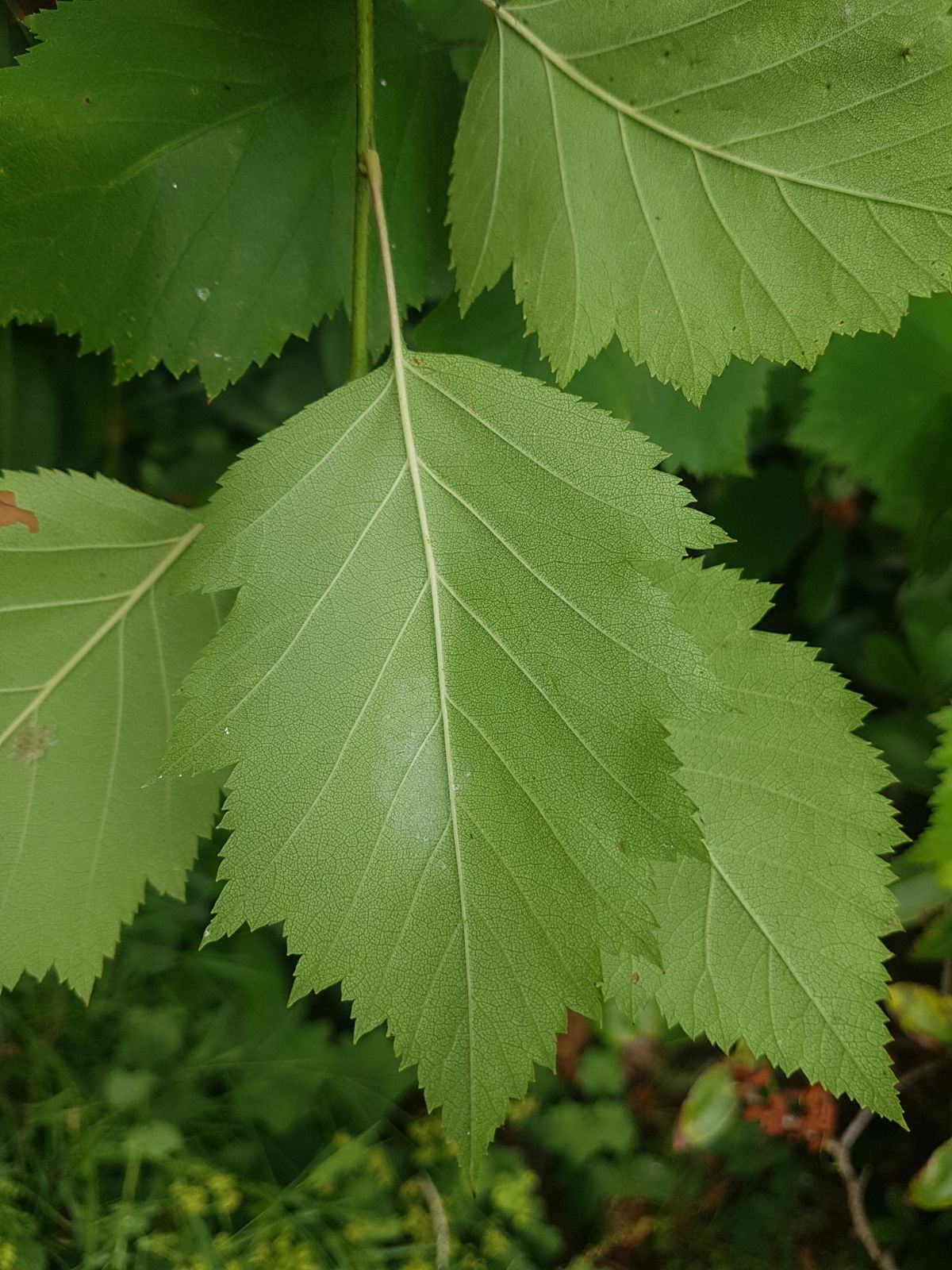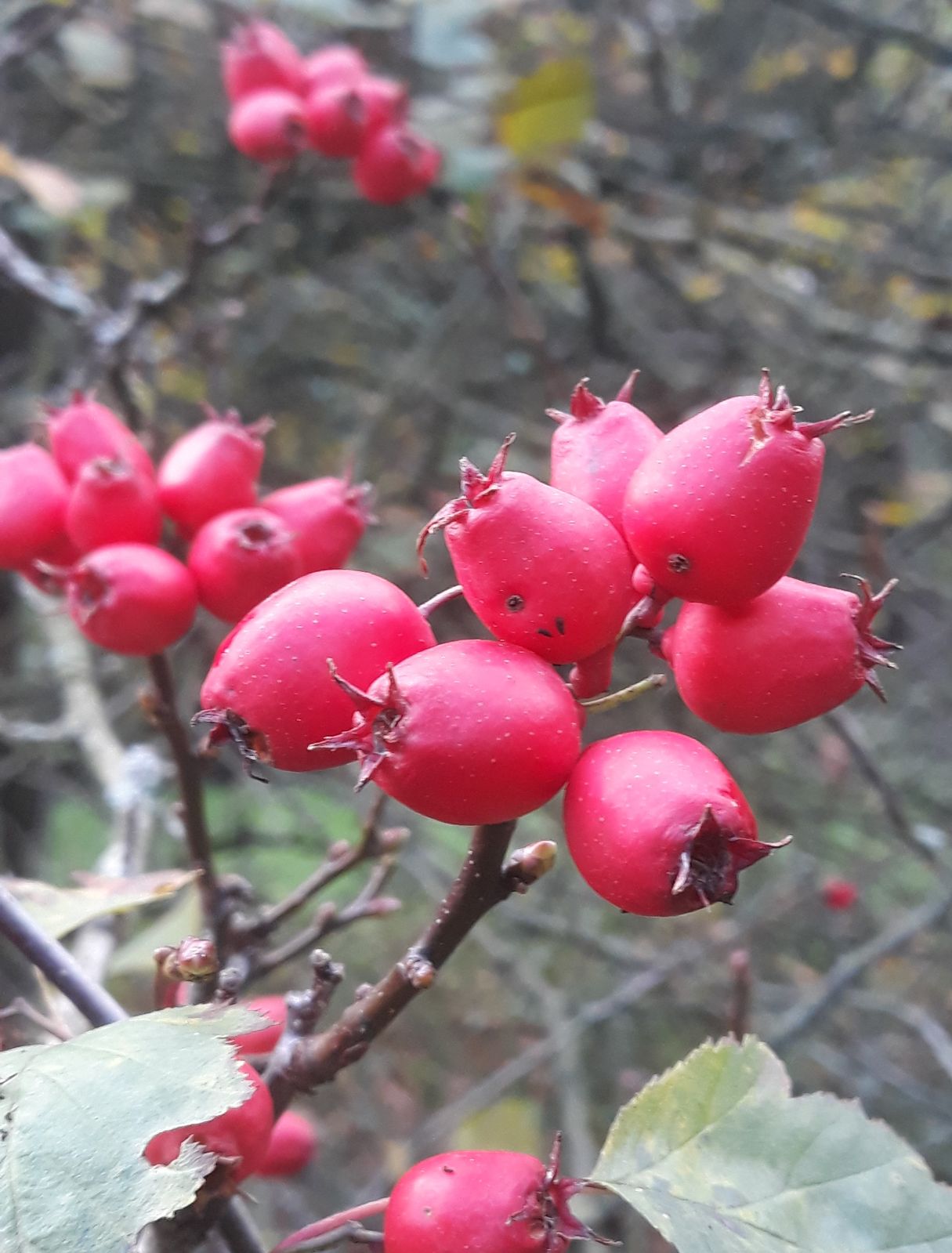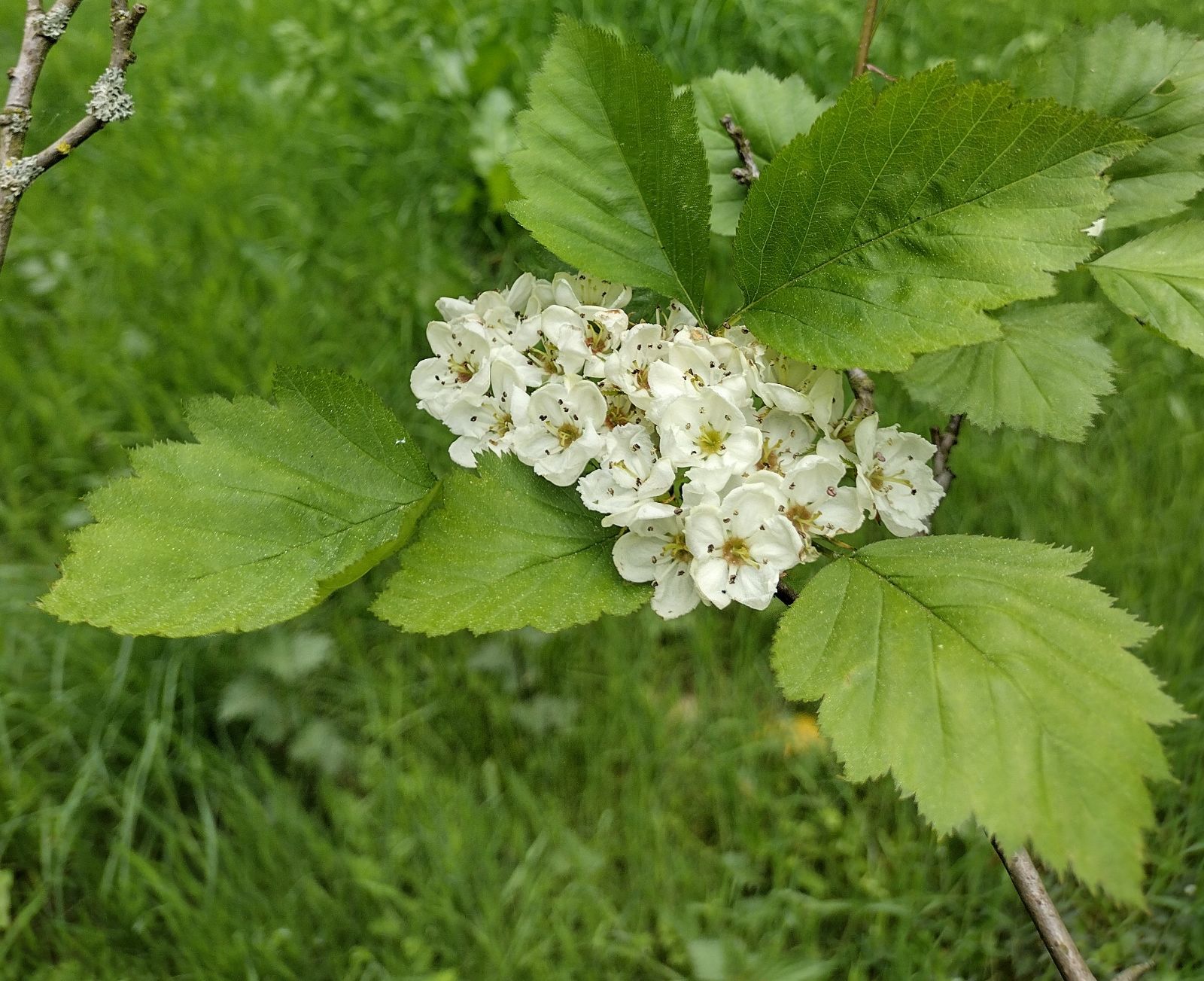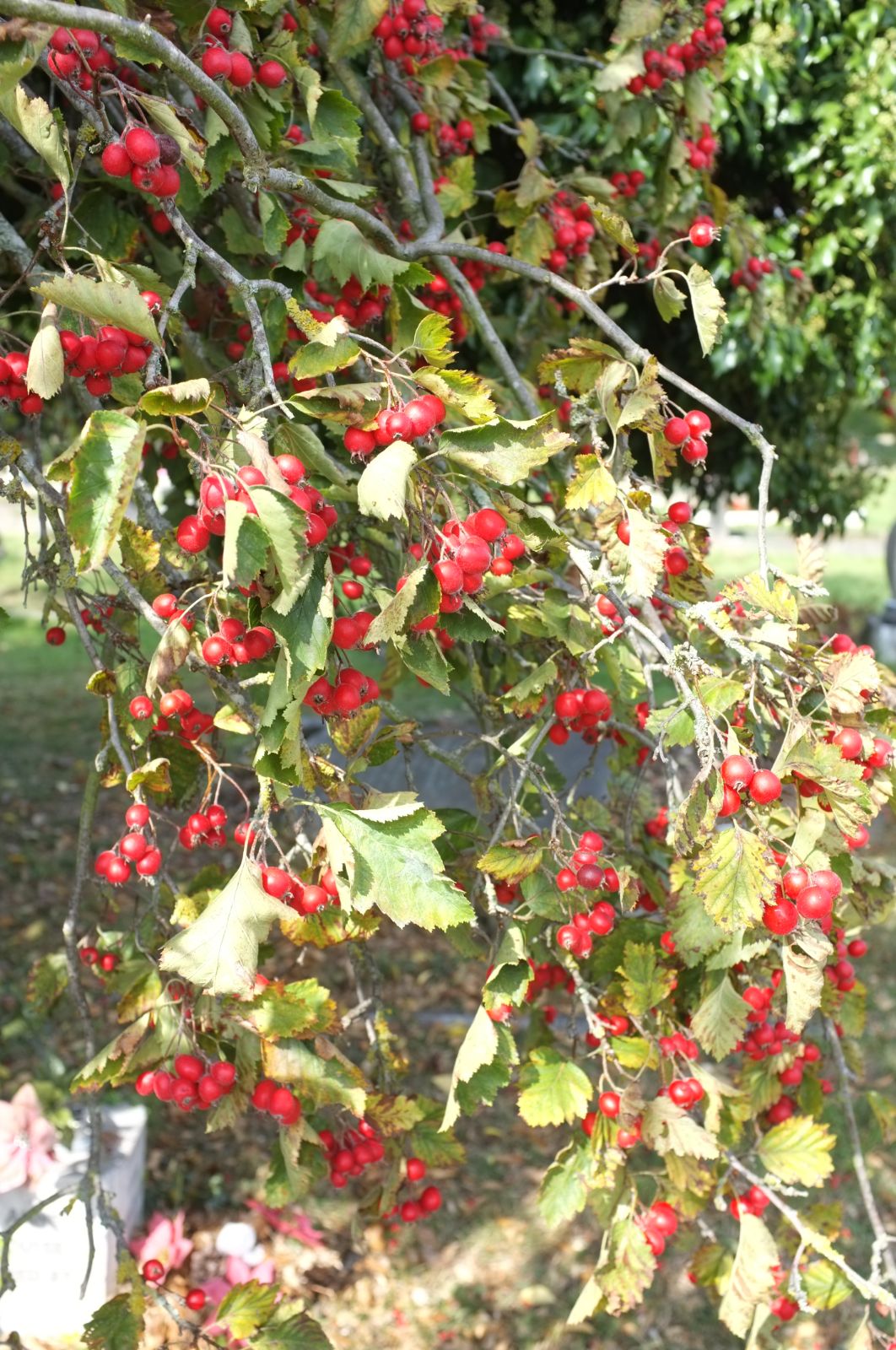Crataegus pedicellata
Sponsor
Kindly sponsored by
This genus has been sponsored and new text is being prepared.
Credits
Article from Bean's Trees and Shrubs Hardy in the British Isles
Recommended citation
'Crataegus pedicellata' from the website Trees and Shrubs Online (treesandshrubsonline.
Genus
Synonyms
- C. coccinea L., in part
Infraspecifics
Other taxa in genus
- Crataegus ambigua
- Crataegus apiifolia
- Crataegus aprica
- Crataegus azarolus
- Crataegus baroussana
- Crataegus brachyacantha
- Crataegus chlorosarca
- Crataegus chrysocarpa
- Crataegus chungtienensis
- Crataegus coccinioides
- Crataegus crus-galli
- Crataegus cuneata
- Crataegus × dippeliana
- Crataegus douglasii
- Crataegus dsungarica
- Crataegus durobrivensis
- Crataegus flabellata
- Crataegus flava
- Crataegus henryi
- Crataegus heterophylla
- Crataegus intricata
- Crataegus jozana
- Crataegus laevigata
- Crataegus × lavallei
- Crataegus macracantha
- Crataegus marshallii
- Crataegus mexicana
- Crataegus meyeri
- Crataegus mollis
- Crataegus monogyna
- Crataegus nigra
- Crataegus oliveriana
- Crataegus orientalis
- Crataegus oxyacantha
- Crataegus pentagyna
- Crataegus phaenopyrum
- Crataegus pinnatifida
- Crataegus pruinosa
- Crataegus prunifolia
- Crataegus pseudoheterophylla
- Crataegus punctata
- Crataegus sanguinea
- Crataegus spathulata
- Crataegus stipulacea
- Crataegus succulenta
- Crataegus tanacetifolia
- Crataegus tomentosa
- Crataegus uniflora
- Crataegus viridis
- Crataegus wattiana
- Crataegus wilsonii
A tree to 20 ft high with scaly, brown bark and a symmetrical crown of spreading or ascending branches; branchlets chestnut-brown, slightly hairy at first; spines to 2 in. long. Leaves broadly ovate, 3 to 4 in. long, rounded to broadly wedge-shaped at the base, rough to the touch above, glabrous beneath; margins coarsely toothed, with four to five pairs of pointed lobes. Flowers white, borne in loose corymbs on long, thin, slightly downy stalks; stamens usually ten, their anthers rose-coloured. Fruit bright scarlet, pear-shaped to oblong, 3⁄4 in. long, ripe in September. Native of eastern N. America. Its variety gloriosa Sarg., is one of the finest of all thorns as regards the size and colour of its fruits, which are larger and more lustrous than in the type. According to Sargent this variety is found wild near Rochester, New York, but is not common.
C ellwangeriana Sarg.
Synonyms
C. pedicellata var. ellwangeriana (Sarg.) Eggl
This thorn bears much resemblance to the preceding, differing chiefly in its hairy or downy inflorescence and the downiness of the leaf-stalks and the undersides of the leaves. However, it also bears a close resemblance to C. submollis Sarg., and C. mollis Scheele, but both those species have yellow anthers and the young leaves beneath, the leaf-stalks and inflorescences are tomentose, while the latter is further distinguished by its twenty, not ten, stamens. E. J. Palmer treats it as a variety of C. pedicellata but suggests that it might in fact be a hybrid between that species and a species of the Molles series. This is one of the most ornamental of the American thorns, especially when in fruit. It was given an Award of Merit in 1922 and is figured in Bot. Mag., n.s., t. 105. The type-tree grew in the nursery of Ellwanger and Barry at Rochester, New York, but the species (if such it be) is of fairly wide distribution in north-eastern N. America.Another ally of C. pedicellata is:

